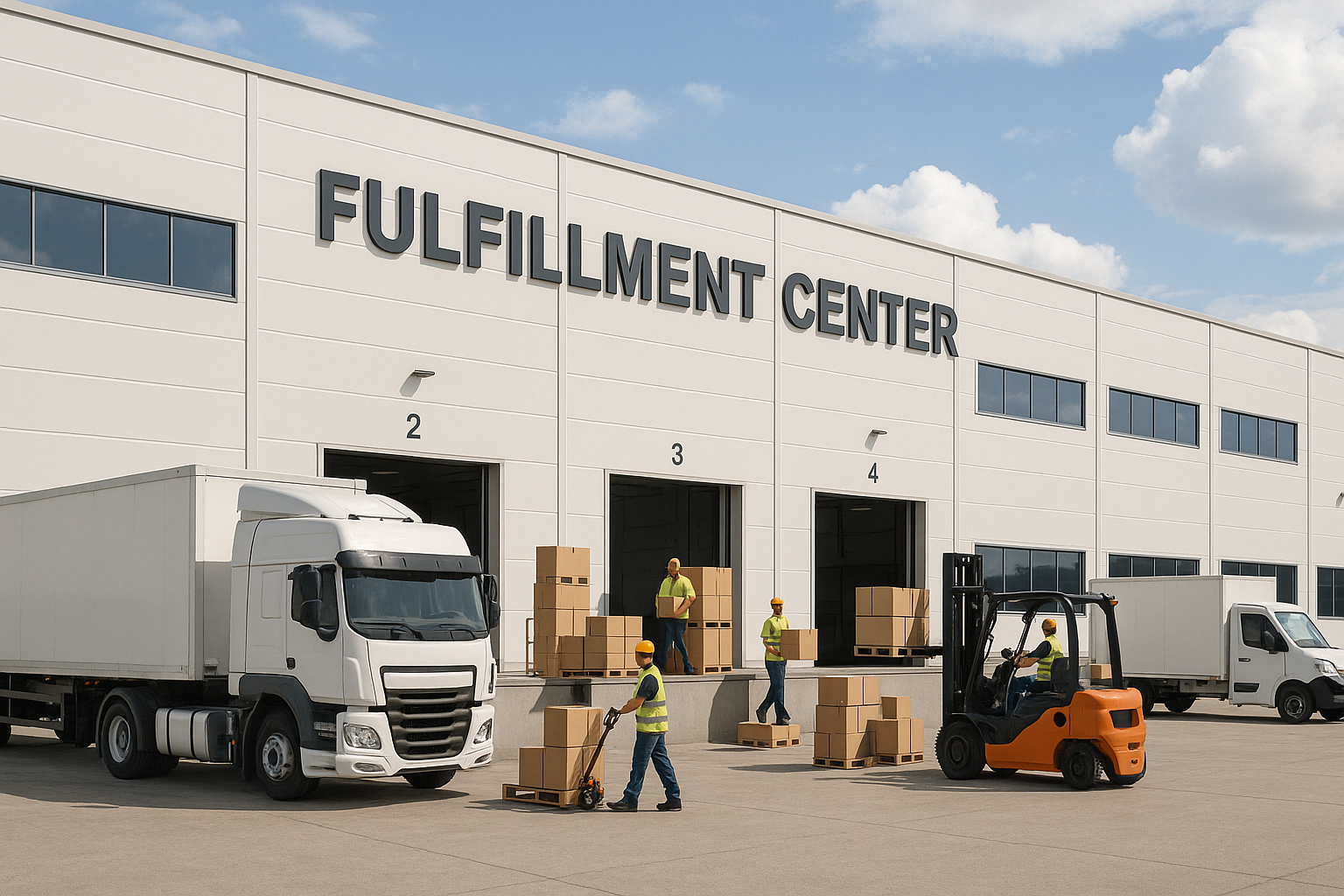Since the earliest days of retail, merchants have mastered the art of drawing customers in, keeping them engaged, and encouraging them to buy more. In ancient marketplaces like the Roman Forum, Ostia, and Pompeii, shop counters were adorned with marble and vibrant painted plaster, with the most striking designs displayed on exterior walls to capture the attention of passersby.
Today, brick-and-mortar retailers have turned customer psychology into a science. Costco’s modern equivalent of a marble-clad storefront is its legendary $1.50 hot dog, a loss leader that keeps shoppers coming back. Walmart fine-tunes store temperatures to a precise 78 degrees Fahrenheit—the sweet spot for boosting consumer spending. Research even shows that scents like citrus and pine can increase shopper spending by 20% compared to unscented environments.
But as retail increasingly shifts online, the question remains: What does the future of customer psychology look like in ecommerce?
Focus on Customer Experience
Just like in physical retail, a smooth and enjoyable shopping experience attracts customers and keeps them coming back. In fact, 50% of consumers consider the ease of checkout when choosing a digital merchant, while 40% prioritize how easy it is to navigate the online store. Retailers recognize this and invest heavily in optimizing every second and percentage point to improve conversions.
Take Costco, for example—by reducing the loading time of its iOS mobile app homepage from eight seconds to just two, it significantly enhanced user experience. Similarly, Sonos revamped its checkout process into a more intuitive, three-step journey, making navigation 4% easier for shoppers. While brands and retailers meticulously fine-tune the customer experience on their direct-to-consumer (DTC) sites, many overlook this critical factor when selling on marketplaces. It’s time to change that—by prioritizing seamless interactions, high-quality service, and personalized engagement, brands can turn marketplace shoppers into loyal customers.
- Fast and Reliable Fulfillment: Leverage fulfillment services like FBA (Fulfilled by Amazon), WFS (Walmart Fulfillment Services), or third-party logistics providers to meet fast-shipping expectations, maintain optimized inventory levels to prevent stockouts, and provide accurate estimated delivery dates to enhance customer confidence.
- Customer Support: Respond promptly to customer inquiries, offer hassle-free returns and exchanges to build trust, and actively monitor and address reviews to demonstrate engagement and commitment to satisfaction.
- Personalized Shopping: Use marketplace advertising tools to retarget previous customers, enhance value through product bundling and cross-selling, and implement loyalty incentives like discounts for repeat purchases.
- Streamline Post-Purchase: Send follow-up emails with order details and support information, provide clear assembly instructions or video tutorials when needed, and encourage positive reviews to strengthen brand reputation.
- Competitive Pricing: Implement dynamic pricing strategies, capitalize on seasonal promotions and marketplace events, and offer exclusive deals or coupons to incentivize repeat purchases.
- Build Trust: Communicate your brand’s mission, values, and sustainability efforts, provide clear warranty and guarantee details, and maintain a consistent presence across marketplaces to reinforce credibility.
Customer Experience + Product Listings = Marketplace Optimization
More than 60% of U.S. online shoppers begin their product search on Amazon—meaning your marketplace listings play a critical role in shaping the customer experience. So why not give them the same level of attention and optimization?
By refining key listing elements—titles, images, infographics, bullet points, and descriptions—and reinforcing them with social proof through reviews, you create a seamless shopping experience that drives both loyalty and conversions.
- Clarity and Accuracy: Use high-quality images, detailed descriptions, and enhanced visuals like Amazon A+ Content or Walmart Rich Media to highlight key features, benefits, and FAQs—ensuring a seamless shopping experience that builds trust and drives conversions.
- Features and Benefits: Use bullet points or enhanced content modules to showcase unique selling points, materials, dimensions, and other essential details that customers need to compare and decide.
- Images and Videos: Provide multiple high-resolution images, including lifestyle shots and close-ups, and include product demonstration videos to help customers make informed purchasing decisions.
- Reviews and Ratings: Encourage customer feedback and prominently display high ratings and positive reviews, while also responding to negative reviews professionally to show responsiveness.
- Product Support: Anticipate common questions by providing an FAQ section and link to support resources, such as manuals, guides, or troubleshooting steps, to minimize returns and confusion.
- Easy to Navigate: For products with multiple sizes, colors, or models, organize variations in a user-friendly way to simplify decision-making and reduce purchase hesitation.
- Updated and Accurate: Regularly update product information, availability, and images to reflect the latest specifications, ensuring customers always receive exactly what they expect.
Ecommerce success hinges on more than just having a great product—it’s about delivering an exceptional shopping experience at every touchpoint. Just as physical retailers have mastered the art of engaging customers through strategic store layouts, enticing promotions, and psychological cues, online brands must apply the same level of care to their marketplace presence. Optimized product listings, seamless navigation, fast fulfillment, and personalized engagement aren’t just add-ons—they’re essential components of a winning marketplace strategy. By prioritizing customer experience and refining every detail, brands can turn casual shoppers into loyal customers, driving long-term growth and success in an increasingly competitive digital landscape.



